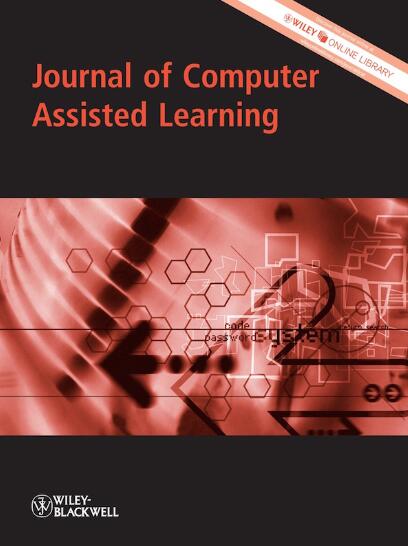ChatGPT, as a cutting-edge technology in education, is set to significantly transform the educational landscape, raising concerns about technological ethics and educational equity. Existing studies have not fully explored learners' intentions to adopt artificial intelligence generated content (AIGC) technology, highlighting the need for deeper insights into the factors influencing adoption.
This study aims to investigate higher education learners' adoption intentions towards AIGC technology, with a focus on understanding the underlying reasons and future prospects for its application in education.
The research is divided into two phases. First, an exploratory analysis involving practical activities and interviews develops an action decision framework for AIGC adoption. Second, a confirmatory analysis using fuzzy-set qualitative comparative analysis on 233 valid questionnaires identifies six configurations associated with high adoption intentions, emphasising the roles of AI literacy and perceived behavioural control.
The study reveals key factors influencing AIGC adoption, including the importance of AI literacy and perceived behavioural control. It provides actionable insights for educators and learners to prepare for and effectively integrate AIGC technology, ensuring equitable and adaptive educational practices.


